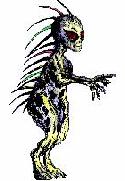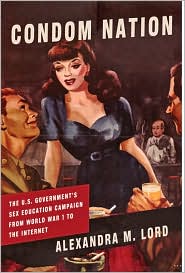Well, I really had no choice but to read this one when I saw an article about it on American Libraries Direct.A historical novel about the building of the New York Public Library, The Library Book tells the story of John Carrère and Thomas Hastings, the architects who designed the marble monument. It is also the story of author Fiske's alter-ego Henry Peabody, an architect who is designing a library, and writing a book about the New York Public Library. As is always the case with historical fiction it is hard to tell what is true and what is not, and in the case of The Library Book there is the added layer of wonder about what is true and what is fiction for the Henry Peabody character. And because the stories of Peabody and John Carrère were parallel, I sometimes lost track of which one I was reading about. Fiske does point out in his Author's Note that it is a work of fiction, and offers examples only two "vignettes" that are actual events. Readers are left to wonder about the rest. Was Miss Bough Carrère's lover? Was she even a real person? Did his wife know? How about Horace Avery, the mad artist? Was he real, or simply an artistic device? I did look up the facts around the book's tragic ending, and almost cried when I found them to be true.
There are, of course, library references throughout the book. I highlight some of my favorites here:
In discussing the design of the building early on Hastings has this to say: "It has to be for the people, a democratic place....Not a royal place. It's a public library." Carrère responds "It has to usable for librarians, too. (p. 30). See my May 23rd post to see my feelings about how democratic I think the Library is. I was interested to read that the architects thought of the librarians, too. My own library underwent a major renovation in recent years, and although the planners and architects consulted with us, our ideas were largely ignored, which has made for some rather weird spaces and book arrangements in the building. I did not see any evidence in The Library Book that the architect's spoke to librarians, except to point out that librarians were not consulted in the designing of the Boston Public Library. I did note that the architects themselves determine that "the catalog room is the most important room in the library". Again, I can't tell for sure whether that determination is made with any input from librarians. (For those readers born after about 1985, the catalog room would have housed a card catalog, a drawer filing system that patrons used to locate books, used before catalog records went online.)
Fiske plays a lot with the ideas of "positive space" and "negative space" and the layers of meaning in each in art and architecture. It was good to see that libraries were ultimately defined as positive space "because those spaces are so wonderful and useful and new with a purpose." (p. 162). And finally I smiled when I saw this passage about children playing with building blocks: "They built an entire town, even the library....It looked like a nice town, and the library was unmistakably the largest building." (p. 236).
This work would have benefited from some better editing. There are stray letters, and other typos in several places. As well, there was one rather glaring inconsistency. On page 49 there is specific mention of Margaret, Horace Avery's sister, however, on page 61, we learn Avery's funeral was sparsely attended due to the fact that "He had few friends, his parents were gone, and there were no siblings." (emphasis mine.) Perhaps I misunderstood something, but I went back and reread both passages, and I could not see any other meaning in them.









